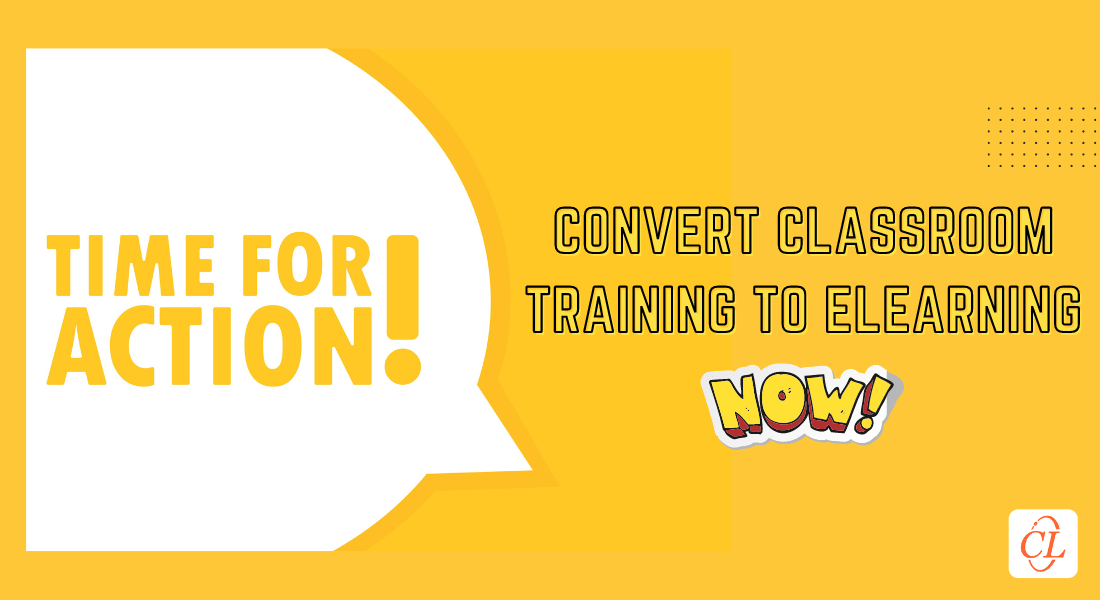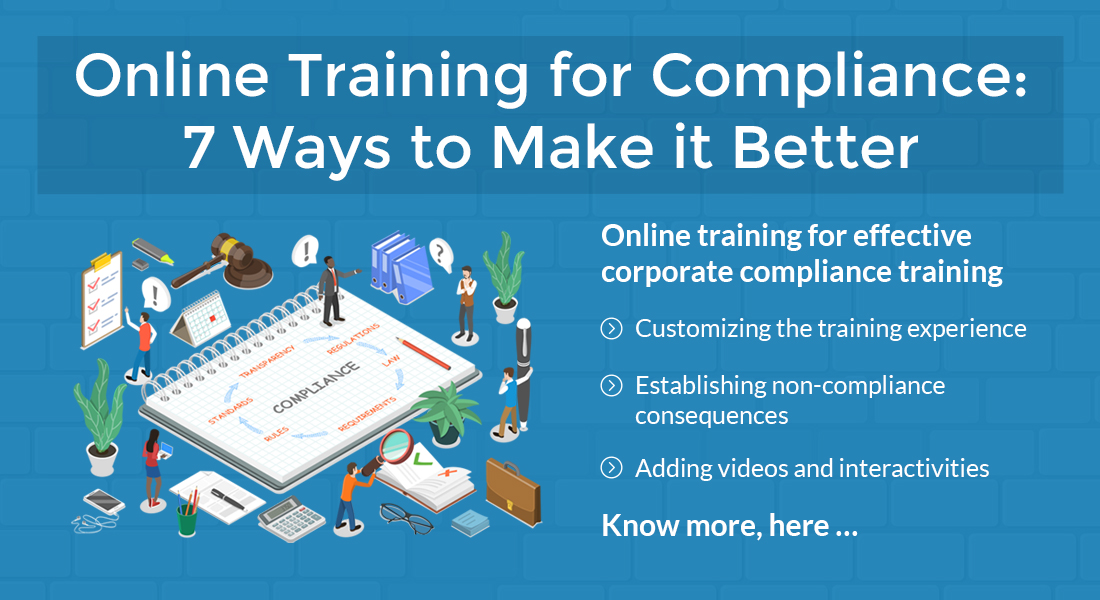Having Problems Scheduling Training? Think Blended Learning

In these fast and increasingly mobile times, organizations are adapting a dynamic work schedule, that is driven by the demands of the industry. The biggest challenge classroom learning faces in these changing times is getting everyone together under one roof for training.
When your organization uses a solely classroom training approach, you need to manage many variables. This includes the availability of trainers, classrooms, travel, accommodation, and most importantly, employees themselves. The schedule of your employees will be filled with critical business tasks, which cannot be circumvented for anything.
More so, even after finding an appropriate time slot, unexpected responsibilities might turn up for employees, that might hamper their classroom attendance. Managing the other elements might seem easy, but when you take into account the global scale of your organization, this too can become a strenuous task – finding an instructor with the right skills, then cross-checking their availability with that of your employees. If someone cancels, you need to begin the entire process, all over again. In the worst case, even a delayed flight can disrupt your entire training program.
Scheduling issues reduce the effectiveness of your training program to a great extent. When employees don’t attend sessions regularly, significant gaps develop in their understanding of the subject. This deters skill development and directly affects their work, reducing productivity and straining the training budget.
Blended learning can be successfully used to ease all the scheduling issues that your organization faces. This learning method combines classroom training and e-learning, to create a training program unique to your organization. Below are some of the ways in which it can solve your scheduling woes:
Ease the Load on Classroom Sessions
By choosing to opt for a blended learning program, you need not depend entirely on classroom sessions to convey the subject matter. You can analyze your content and smartly create digital courses. Classroom trainings are more resource-intensive and require synchronous participation from everyone. It is best to use classroom sessions only where absolutely necessary. Crucial sessions like, how to make the right sales pitch or how to use a highly complicated software, are best conveyed through classroom sessions.
It would be a good idea to move modules such as compliance or safety training, to the digital medium. If you still use a classroom for a sales training, then considering making it digital by sharing product specs through an infographic and the instructions through a video. This practice not only saves employees a lot of class-time, but also results in better learning as the digital medium can use highly engaging methods to convey dry topics. Lesser classroom training equals lesser managerial headaches.
Better Utilization of Time
You can further reduce the classroom time of learners by creating microlearning modules. Micro modules are basically bite-sized learning nuggets designed to convey just one specific learning point. Identify the challenging portions of a classroom session that are known to raise a lot of doubts and generally take longer to convey.
Create one or multiple micro modules covering the basics or introducing complex topics. If learners study these short bits before attending the classroom session, the time to completely grasp the subject can go down significantly. This allows better utilization of the classroom session, resulting in increased productivity.
Effective Failsafe Mechanism
Missing trainings is the biggest problem that scheduling issues can cause. Chances are that even after taking into account every parameter, some employees are going to miss a classroom session due to unforeseen circumstances. Blended learning can provide an effective safety net for such situations.
Simply record the classroom session and make it into a webinar, which can be accessed from anywhere, anytime. This doesn’t have to be just a recording of the classroom session, you can add notes and interactive elements that make up for the absence of a physical trainer. Learners can access this and be at par with their peers who attended the classroom session.
So don’t let scheduling issues hold you back in your quest to deliver flawless and comprehensive training to your employees. Fill the gaps that traditional classroom training leaves in your learning program by combining it with e-learning modules.




![7 Handy Tools for Sales Training Reinforcement [Infographic]](https://blog.commlabindia.com/hubfs/Imported_Blog_Media/sales-training-reinforcement-tools-infographic1-2.jpg)
